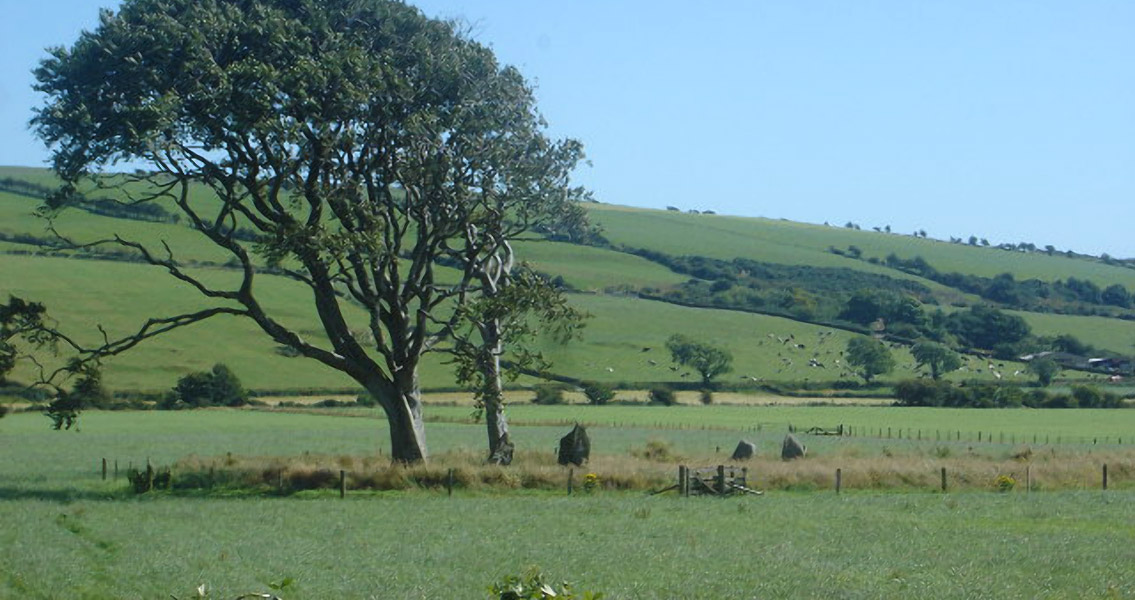<![CDATA[A site on the Scottish island of Bute has been identified as a Viking gathering place known as a “thing” in Old Norse, used to make political decisions, promulgate laws and settle disputes. The mysterious mount, known as Cnoc An Rath, has been known to archaeologists since at least the 1950s. However, its identity has been in question for several decades, with many suggesting it might have been a medieval or prehistoric farm site. According to The Herald Scotland, archaeologists now feel that this Viking parliamentary site was likely the seat of power for Ketill Flatnose, a powerful Viking ruler whose bloodline would go on to settle Iceland. The key to the theory of the site being a Norse “thing” was a new study of the island’s place-names. The etymology of the names suggested many archaic designations for locations around the island could have indeed incorporated the word “thing”. Follow-up field investigations in the form of excavations have yielded preserved surface samples that have been radio-carbon dated back to when Norse raiders and settlers were active in and near the Argyll coast. The analysis involved pieces of charcoal, according to archaeologist Paul Duffy, the head of Brandanii Archaeology and Heritage Consultancy. In an interview in the newspaper, Duffy recounted how the charcoal had been dated to the latter days of the kingdom of Dalriada – and the inception of Norse settlement on Bute. Eventually the date for the site was narrowed down to between the late seventh century and the late ninth century CE, which is within the window of certainty as to when Vikings were active in the region. Duffy pointed out that in the past Bute has been suggested as the possible primary site for the Gall-Gaidheil, or “Foreign Gaels.” These people, of mixed Norse and Gaelic descent, were dominant in the region of the Irish Sea and western Scotland for a portion of the Medieval Era. Many also point to possible evidence of these Gall-Gaidheil offering military support to various Irish Kings on the battlefield. Primary evidence for Bute being the possible Gall-Gaidheil headquarters appears in Martyrology of Tallaght, an Irish religious text dating to around 900 CE. The document refers to Bute being Gall-Gaidheil territory when talking about the bishop St. Blane of Kingarth. This provides hard evidence that Bute was at the very least within the territory, Duffy remarked, adding that it’s “another brick in the evidential wall” suggesting that Bute was the site of a Norse “thing.” The archaeologist also says that there’s a strong possibility that Ketill Flatnose, the leader of the Gall-Gaidheil during that era, could have had links to the site. Such a major parliamentary site would have needed someone to be in charge of meetings, making laws, dispensing justice, and so on, Duffy stated, and it is likely that a leader of power and influence headed such proceedings. The only documentary evidence concerning powerful leaders during this time points to Ketill Flatnose, the researcher added, making it highly likely that he would have been involved. ]]>
Norse Parliament Site Discovered on Scottish Island
